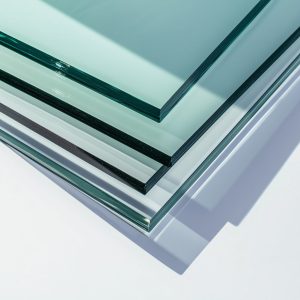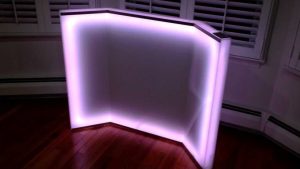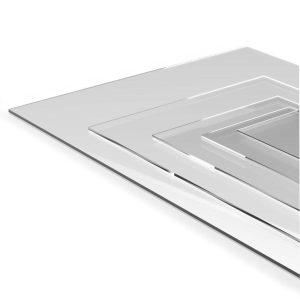Laminated Glass
Laminated glass offers superior safety and durability, making it ideal for applications requiring impact resistance, fire safety, and noise reduction.
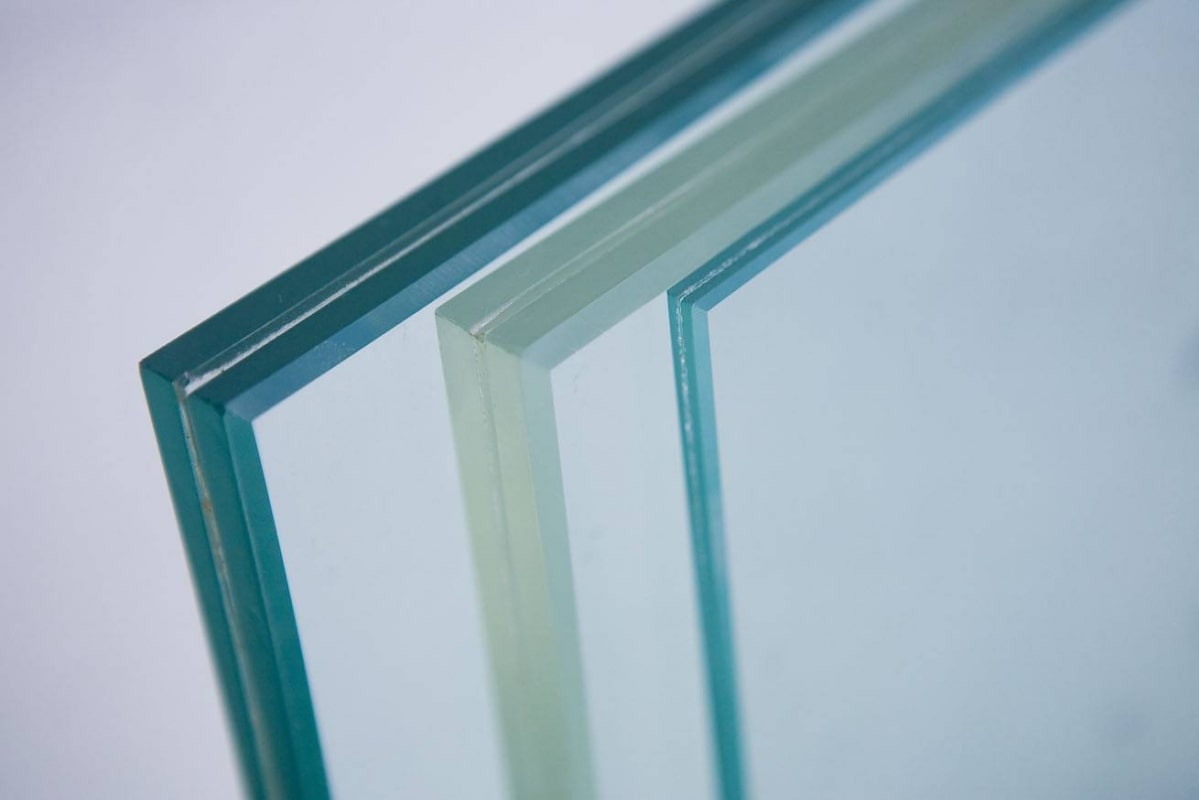

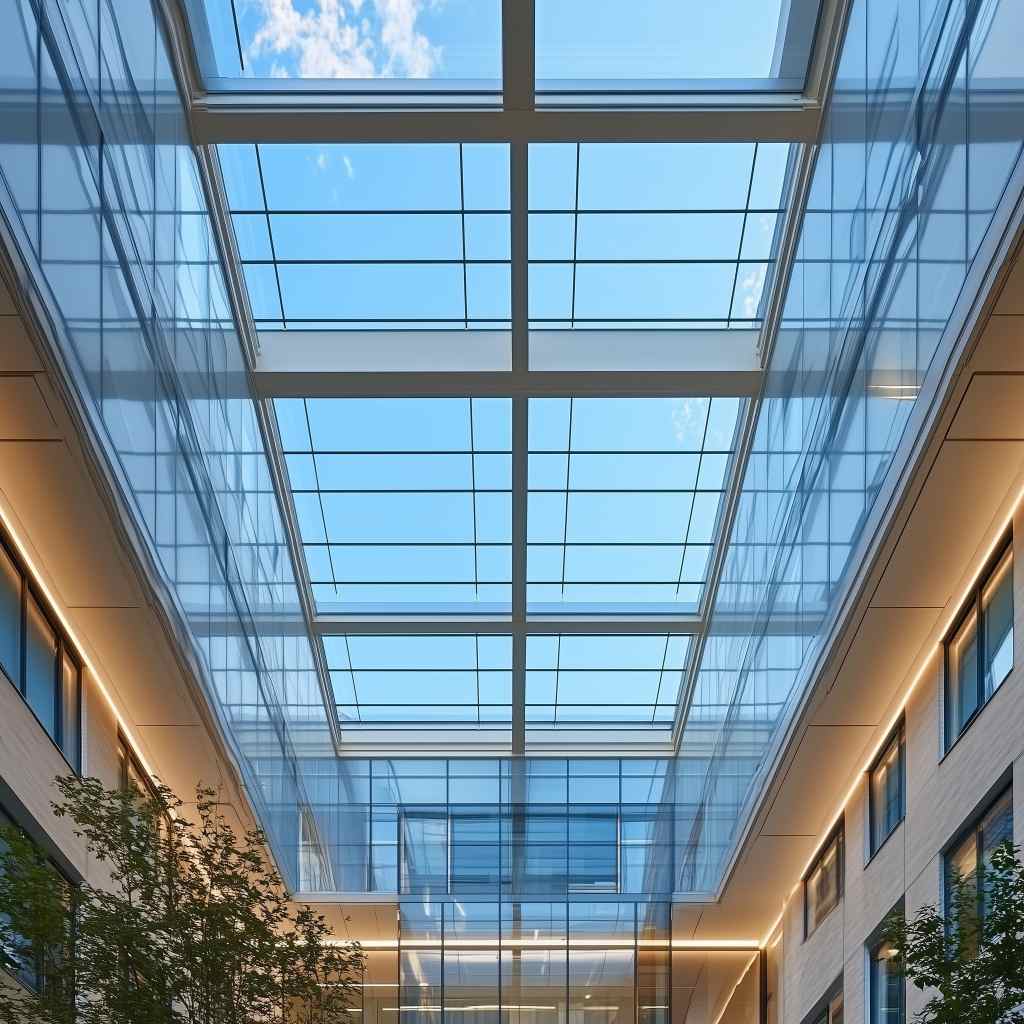
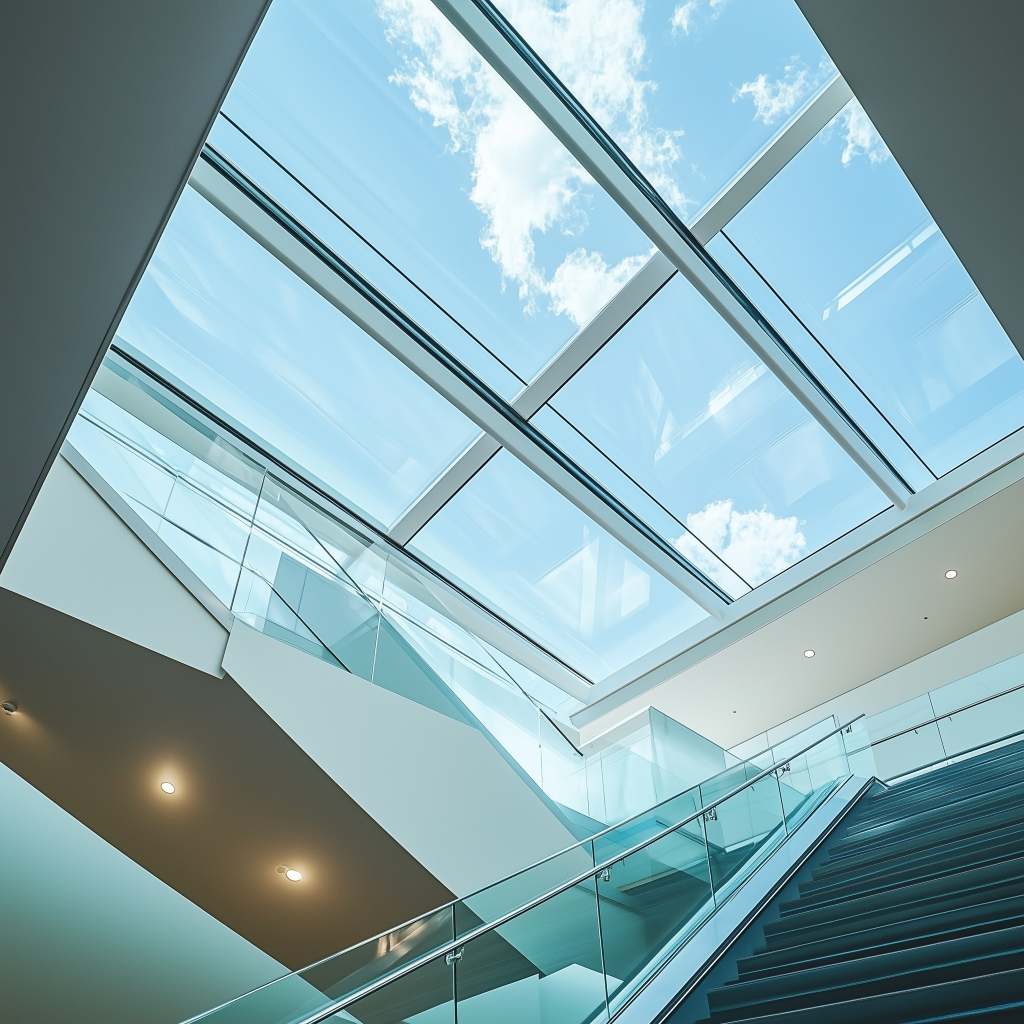

What is Laminated Glass?
Laminated glass is a type of safety glass that consists of multiple layers of glass with an interlayer, typically made from polyvinyl butyral (PVB) or ethylene-vinyl acetate (EVA). This interlayer helps to hold the glass layers together in the event of breakage, ensuring the shattered glass remains intact. The unique structure of laminated glass not only enhances its mechanical stability but also provides significant resistance to fire, sound, and impact. These characteristics make laminated glass indispensable in modern construction and architectural projects where safety is a priority.
Applications of Laminated Glass
Laminated glass has a wide range of applications across several industries, thanks to its versatile and resilient properties.
Construction and Architecture
Laminated glass is commonly used in windows, doors, and facades of residential and commercial buildings. Its ability to withstand high temperatures and maintain structural integrity during a fire makes it a popular choice for areas requiring fire-resistant barriers. Additionally, laminated glass is often used in skylights, where it provides enhanced protection against impact and weather-related damage, such as snow load.
Transportation
In the transportation sector, laminated glass is used in vehicle windshields to protect passengers from accidental impacts and vandalism. The interlayer prevents the glass from shattering into sharp fragments, ensuring safety during collisions.
Security and Safety
Laminated glass offers heightened protection in high-security areas, such as banks and government buildings. It can be manufactured to withstand bullets, explosions, and forced entry attempts. This makes laminated glass an ideal choice for environments where safety is paramount.
Key Features of Laminated Glass
Durability and Impact Resistance
One of the primary benefits of laminated glass is its enhanced durability. The interlayer helps to absorb impact, preventing the glass from shattering into dangerous shards, making it ideal for areas prone to accidental or deliberate impacts.
Fire Resistance
Laminated glass can be combined with special fire-resistant films or fillers, allowing it to withstand high temperatures. This makes it suitable for use as fire-resistant partitions in buildings, particularly in areas with high human traffic or where evacuation routes are necessary during emergencies.
Soundproofing Capabilities
Laminated glass offers excellent sound insulation, making it the most effective way to reduce noise in residential, commercial, and industrial buildings. By using laminated glass in double or triple-glazed window systems, it is possible to significantly minimize sound transmission.
Safety and Security
Laminated glass is designed to offer exceptional protection against break-ins, vandalism, and even bullets in some cases. The interlayer prevents the glass from shattering, reducing the risk of injury from sharp glass fragments.
Versatility
With various combinations of glass layers and interlayers, laminated glass can be customized to meet specific safety, aesthetic, and functional needs, including resistance to UV light, soundproofing, and even colored or tinted options for design purposes.
Laminated glass is the ultimate solution for any project that requires a balance of safety, durability, and performance, ensuring protection and peace of mind in any application.
You may also be interested
Need help? Contact us
For personalized assistance or inquiries, our dedicated team is here to help. We’re committed to providing you with exceptional support and guidance, ensuring that all your needs are met efficiently and professionally.
